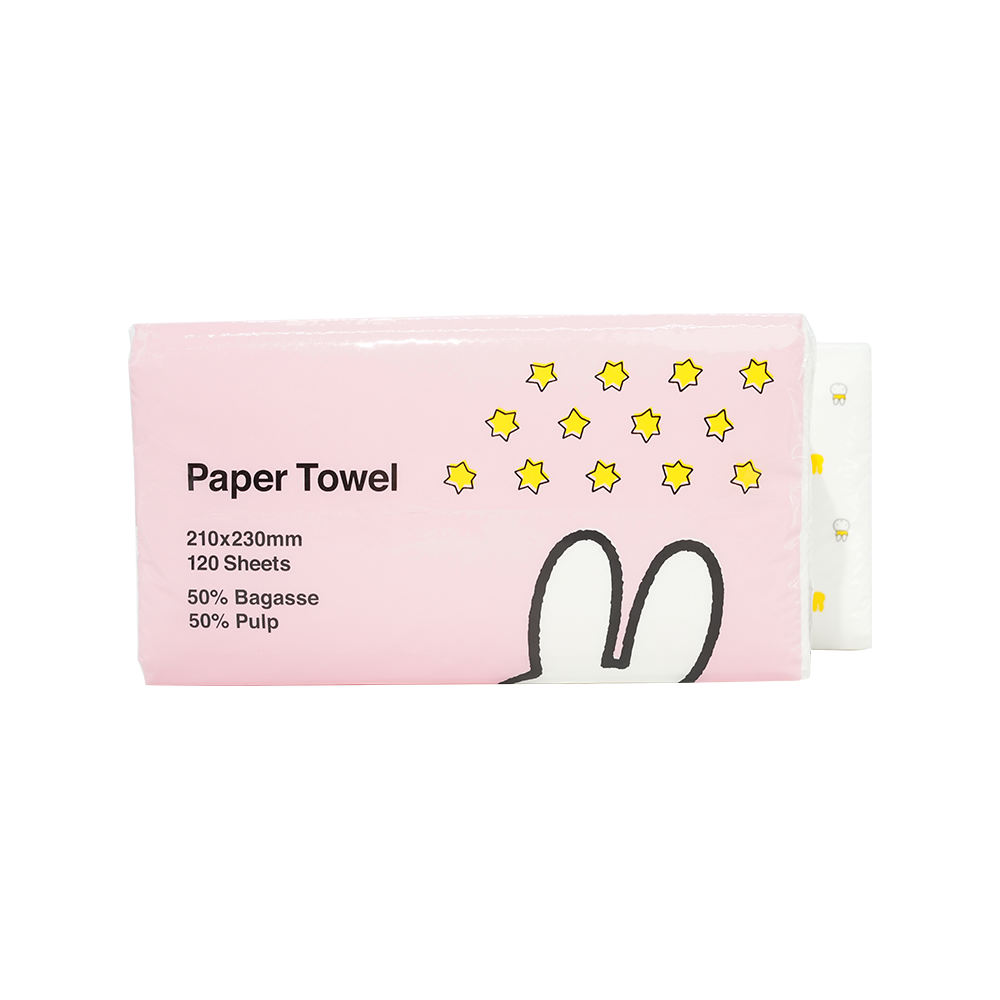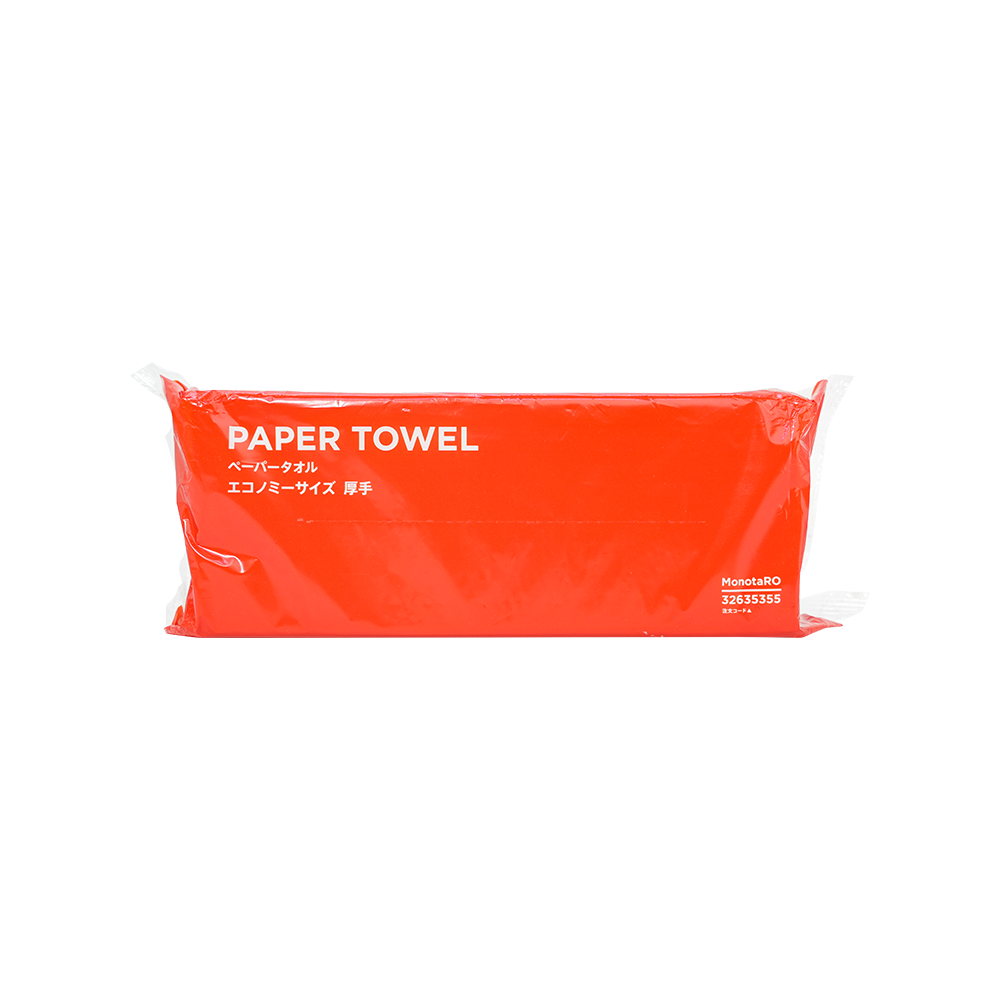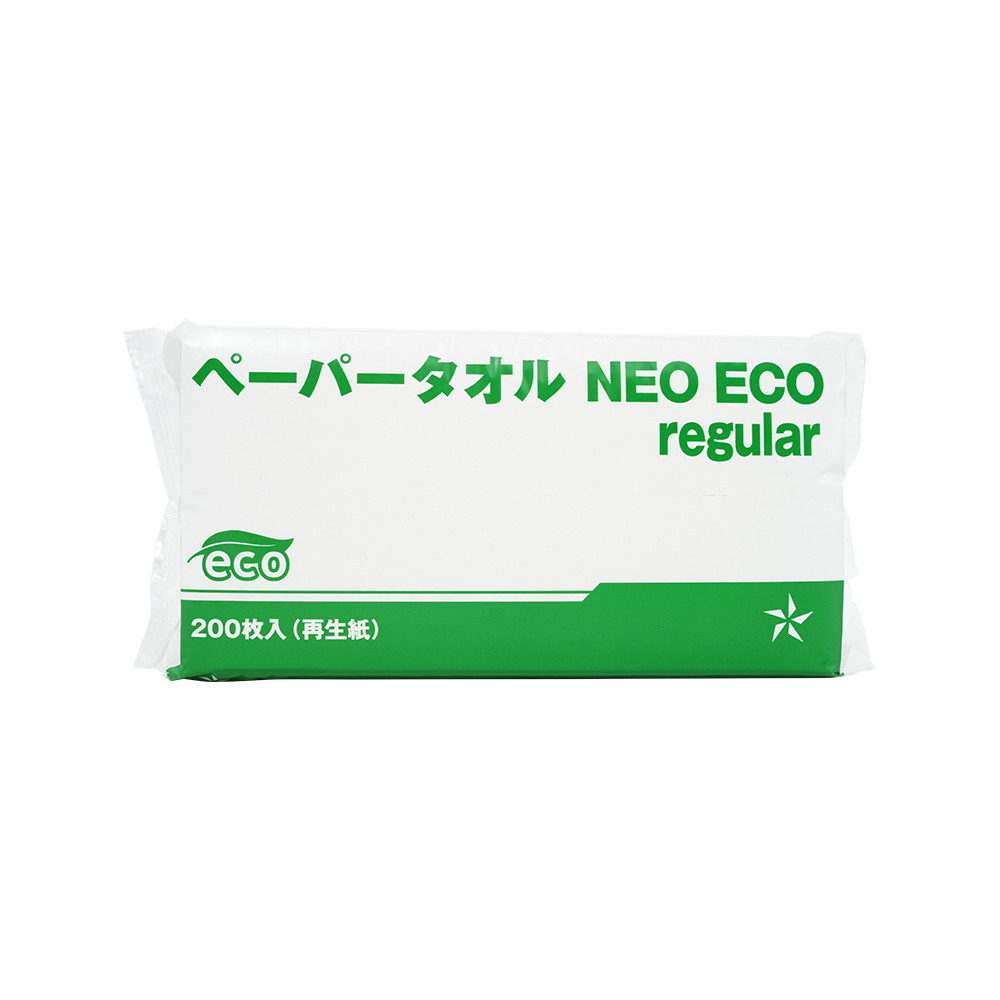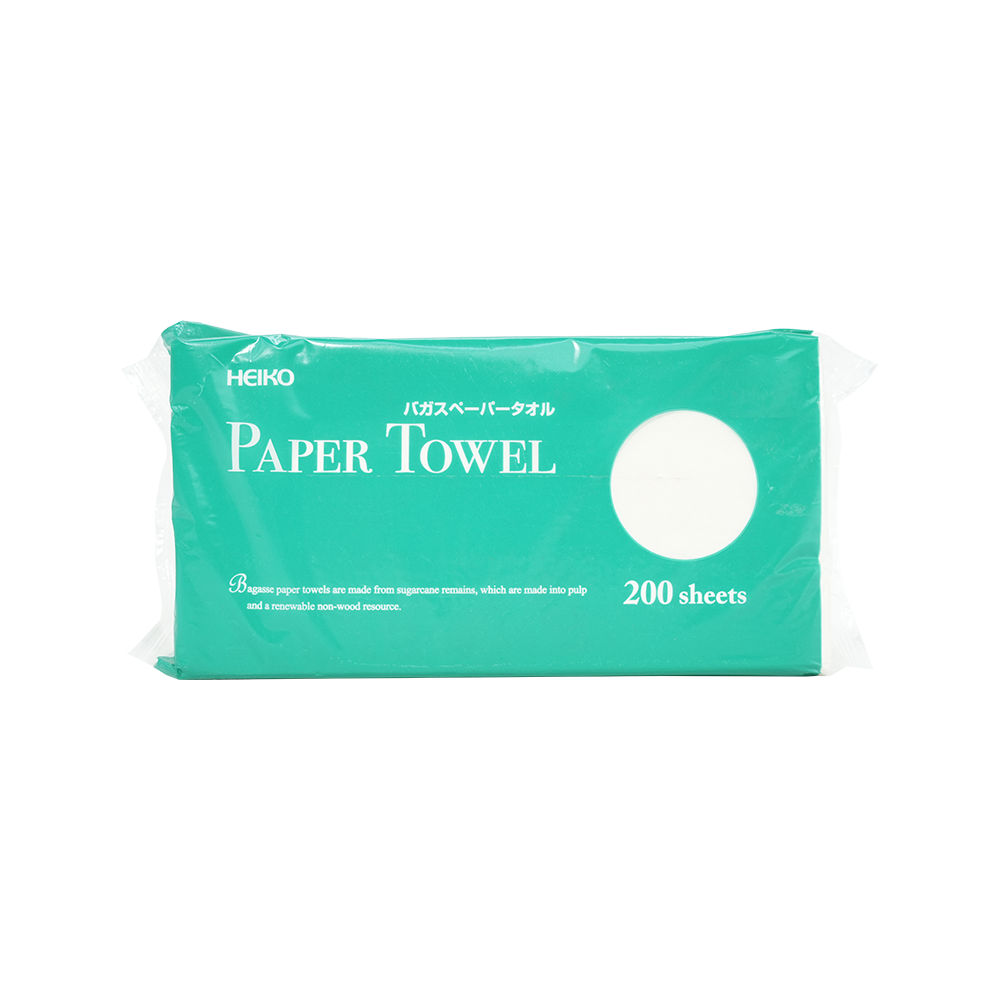The Ultimate Guide to Kitchen Paper Towel Storage: Preserving Absorbency and Ensuring Hygiene
 2025.08.22
2025.08.22
 Industry News
Industry News
In the hustle and bustle of kitchen management, we often focus on the storage of perishable goods like vegetables, meats, and dairy. Yet, a humble but essential item frequently gets overlooked: the kitchen paper towels. We use it for everything from wiping up spills to drying hands and cleaning surfaces. But have you ever stopped to consider how you store it? Improper storage can silently undermine its effectiveness, leaving you with a less-absorbent roll and, worse, a potential vector for contamination.
Proper paper towel storage is a simple yet critical aspect of kitchen hygiene and efficiency. It’s not just about convenience; it’s about maximizing the product’s utility and protecting your household’s health. This guide will delve into the science and strategy of storing your paper towels to ensure they remain highly absorbent, structurally sound, and free from contaminants.
Why Storage Matters: The Science of Absorbency and Contamination
To understand the how, we must first understand the why. Paper towels are engineered for one primary job: to absorb liquid. This is achieved through a combination of materials (often wood pulp and sometimes recycled paper) and a unique manufacturing process that creates tiny air pockets within the paper’s layers. These pockets, or capillaries, pull liquid in through a process called capillary action.
Two main enemies threaten this clever design: moisture and contaminants.
Moisture is the Enemy of Absorbency: When paper towels are stored in a damp environment—like under a sink next to leaky pipes or too close to a splashing sink—they act like a sponge, absorbing ambient humidity. This pre-loads those tiny capillaries with moisture, significantly reducing their capacity to absorb new liquid when you need them most. A damp towel is a weak towel. Furthermore, consistent moisture can weaken the paper’s structure, causing it to tear easily and disintegrate during use—a frustrating experience known to anyone who’s tried to wipe up a spill with a pre-moistened towel.
Contaminants Compromise Safety: The kitchen is a dynamic environment where raw juices, cleaning chemicals, and food particles can become airborne. Paper towels are designed to be porous, making them excellent at trapping unwanted particles from the air and surfaces they contact. Storing them in an open, vulnerable location exposes them to splashes from the sink, grease aerosols from cooking, and bacteria like Salmonella or E. coli that can linger in the air after handling raw food. Using a contaminated towel to dry a freshly washed apple or wipe a clean countertop defeats the purpose of cleaning altogether.
Therefore, the golden rules of paper towel storage are: Keep them dry and keep them covered.
Ideal Storage Locations: Finding the Perfect Spot
Choosing the right location is the first and most crucial step in maintaining paper towel quality. Let’s evaluate common storage spots based on our two golden rules.
The Best Options:
Enclosed Cabinets or Pantries: This is often the ideal solution. A dedicated cupboard, preferably away from the sink and stove, offers a dark, dry, and protected environment. It shields rolls from moisture, grease, and physical contaminants. For convenience, you can store the main bulk package here and keep a single roll accessible in a holder.
On the Counter in a Dedicated Dispenser: If you prefer having towels within arm’s reach, a countertop dispenser with a cover is an excellent compromise. Look for a model that fully encloses the roll, leaving only the leading sheet exposed. This design protects the majority of the roll from splashes, dust, and pests while maintaining easy access. This is a key paper towel storage idea for those who value both hygiene and convenience.
Areas to Avoid:
Under the Sink: This is arguably the worst location. It is often humid from pipe condensation and potential leaks, and it’s also where most people store cleaning chemicals. Chemical fumes can permeate the paper, and any leak could ruin the entire package, creating a mess and a waste of product.
Above the Stove: The heat and grease produced by cooking create a hostile environment. Grease particles will coat the towels, making them unpleasant to use and potentially transferring unwanted flavors and chemicals to your hands or food.
In an Open Basket or Stand without a Cover: While aesthetically pleasing, an open-air setup leaves the entire roll exposed to all the microscopic and macroscopic elements of your kitchen. It’s a dust magnet and offers no protection from airborne grease or accidental splashes.
Next to the Trash Can: This location poses a high risk for cross-contamination from bacteria and odors emanating from the garbage.

Best Practices for Storage and Handling
Once you’ve chosen the right location, implementing a few best practices will further maximize paper towel absorbency and prevent paper towel contamination.
Keep it Sealed: Until you’re ready to use them, keep your paper towels in their original plastic packaging. This multi-pack wrapping is designed to protect the product during shipping and storage on store shelves, and it serves the same purpose in your home, shielding it from humidity and pests.
Consider a Dispenser: Investing in a good dispenser is one of the most effective ways to store paper towels. As mentioned, a covered dispenser is best. But even an open one that holds the roll off the counter surface is better than nothing, as it minimizes the risk of contact with wet countertops. Wall-mounted dispensers can also free up valuable counter space.
Practice First-In, First-Out (FIFO): If you buy in bulk, use the oldest rolls first. While paper towels don’t truly “expire,” older rolls stored for many years in a non-ideal environment (like a hot garage or damp basement) can become brittle and yellowed, losing some of their original absorbency.
Mind Your Hands: This is a simple but often ignored tip for kitchen hygiene. Always try to grab a paper towel with clean, dry hands. If your hands are covered in raw chicken juice or oil, you will transfer those contaminants directly to the next several towels you pull from the roll.
Avoid the “Over-Under” Debate Near Sources of Splash: The long-standing debate on whether to hang a roll with the paper going “over” or “under” is often about ease of use. However, in a kitchen context, there’s a hygiene angle. If your holder is positioned where it could be splashed (e.g., next to the sink), the “over” method may allow water to run down the back of the roll, wetting the cardboard tube and the towels attached to it. The “under” method can help keep the leading edge drier in such a scenario. The best solution, however, is to move the holder away from the splash zone altogether.
Addressing Common Questions and Concerns
Can I store paper towels in the garage or basement? You can, but with caution. These areas are prone to temperature fluctuations and humidity. Always keep the bulk package sealed in a plastic tub with a tight-fitting lid to protect it from moisture, dust, and insects. Never store rolls directly on a concrete floor, as it wicks moisture.
What about decorative covers? Fabric covers can be a cute way to integrate a roll into your kitchen’s decor. However, ensure the fabric is washable and that you clean it regularly, as it can harbor dust and germs. The same principles apply: the cover should protect the roll from exposure.
Does the type of paper towel matter for storage? All paper towels, from basic single-ply to premium “select-a-size” rolls, benefit from being stored in a dry, clean place. Higher-quality, more absorbent towels are an investment, and protecting that investment through proper storage ensures you get the performance you paid for.
Conclusion: A Simple Step for a Healthier, More Efficient Kitchen
Re-evaluating how you store your paper towels is a minor change with a major impact. It requires no expensive gadgets or complicated systems—just a thoughtful approach to placement and handling. By choosing a dry, clean, and protected location like a closed cabinet or a covered dispenser, you actively preserve paper towel effectiveness.
This simple act ensures that every time you reach for a towel, it will be at its maximum absorbency to handle spills efficiently, and it will be hygienically clean, so you can use it with confidence on any surface. In the broader picture of maintaining a functional and healthy kitchen, paying attention to these small details is what creates a truly clean and organized home environment. It’s a effortless way to enhance your kitchen organization, reduce waste, and promote better household cleanliness every single day.


 English
English 日本語
日本語 한국어
한국어








